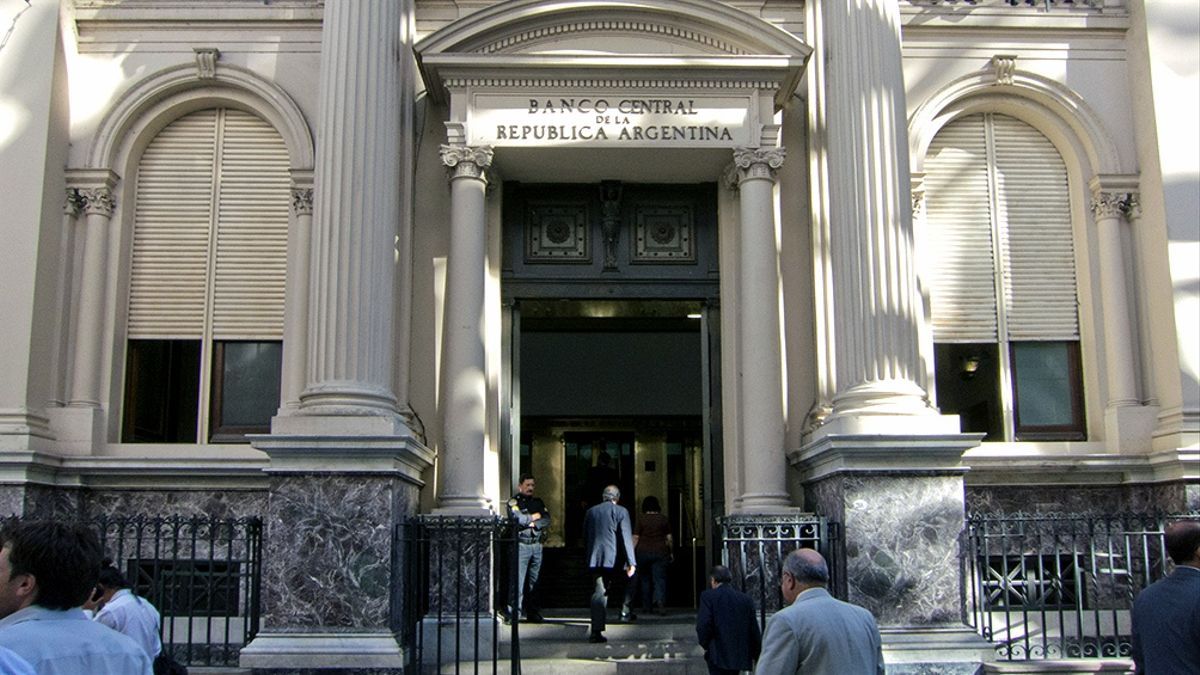It is worth remembering that the BCRA board chaired by Miguel Pesce established through “7106” and complementary, the mechanisms to access the foreign exchange market for debts contracted with non-related counterparties, for 40% of the capital maturity and the rest refinanced with a new external indebtedness with an average life not less than 2 years. Thus, since the “7106” came into force, debtors accessed the foreign exchange market to cancel 39% of the maturities reached by the rule, refinancing or canceling by other means (capitalizations or debt forgiveness or other means) on 61 % remaining.
How did this impact bookings? Between January 2020 and April 2022, the BCRA Exchange Balance records net outflows for “Financial loans, debt securities and lines of credit” for US$14,405 million. However, the BCRA clarifies, here capital payments payable in pesos that do not commit reserves are included, therefore, net payments in foreign currency add up to US$6,179 million. The BCRA explains that the flows that are recorded in the account “Financial loans, debt securities and lines of credit” and do not affect reserves are the cancellation of balances in foreign currency for the use of cards (“the granting of loans by the use of credit cards abroad does not have any registration in the exchange balance, while the cancellation of balances does have it”) and other financial loans granted by local financial entities, which between January 2020 and April 2022 totaled US$3 .393 million and US$4,833 million, respectively.
Explanation
Now, why does the BCRA maintain that the reserves did not suffer? It is that, given the current regulatory framework, financial entities can grant loans in foreign currency to their clients, which must be settled in the foreign exchange market, that is, the debtor receives the equivalent in pesos of the total in foreign currency for the who is getting into debt. But in turn, customers have access to the foreign exchange market to pay financing in foreign currency granted by local banks, delivering the acquired foreign currency to the entity to cancel the credit immediately. “In this way, the granting and cancellation of loans in foreign currency do not generate variations in the reserves of the BCRA”, affirms the monetary entity.
So, according to data from the BCRA, capital payments between 2020 and April 2022 in foreign currency that did commit reserves because they were financial loans abroad, lines of credit and debt securities in foreign currency (local or in the abroad) reached US$6,179 million (US$3,049 million in 2020, US$2,250 million in 2021 and US$881 million from January to April 2022). Thus, “as a result of the standard (“A” 7160) and from the beginning of its validity, there was a lower net demand for foreign currency through the market for these purposes for US$2.9 billion compared to the originally agreed maturities,” he explains. the BCRA. It should be noted that in the first four months of 2022, net cancellations represented only 26% of the maturities reached, refinancing almost three quarters of the maturities of securities and financial debts and impacting on a lower net demand for foreign currency in the foreign exchange market. of US$350 million. Regarding the stock of private external debt, the BCRA reports that in 2020 and 2021, the financial debt decreased by US$4.8 billion.
Source: Ambito
David William is a talented author who has made a name for himself in the world of writing. He is a professional author who writes on a wide range of topics, from general interest to opinion news. David is currently working as a writer at 24 hours worlds where he brings his unique perspective and in-depth research to his articles, making them both informative and engaging.




